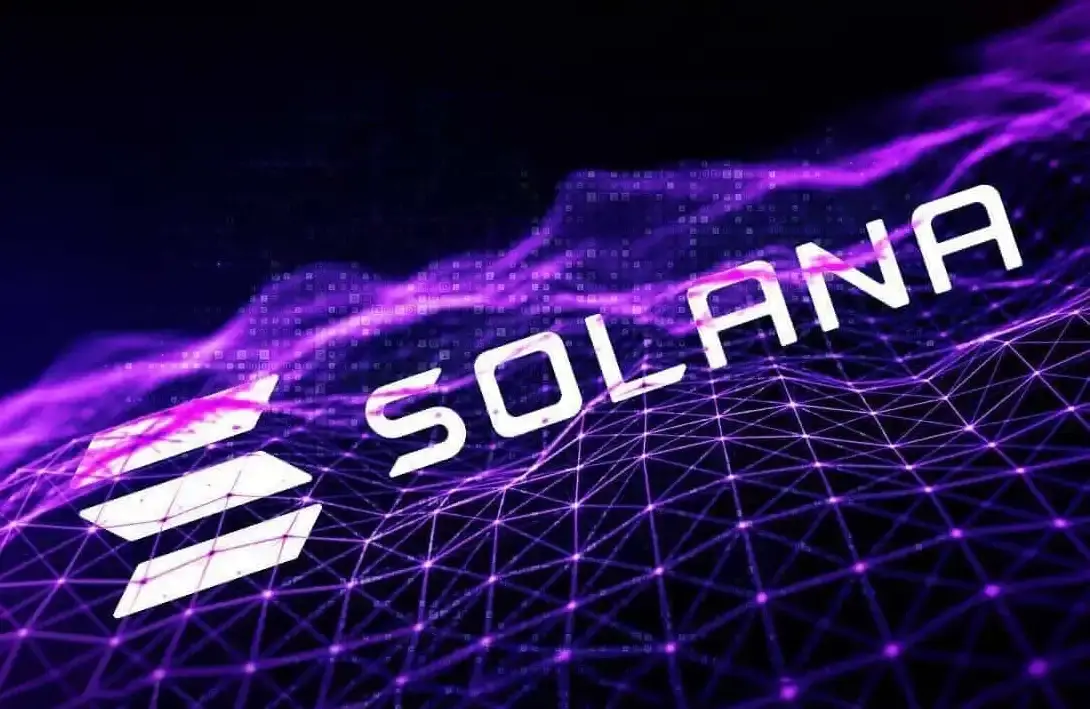Venture Capital Multicoin: A Brief Overview of the Application Scenarios of the Programmable Cash Flow Protocol Superfluid
Original Title: "The Networking of Cash Flow"
Written by: Kyle Samani, Managing Partner at Multicoin Capital
DeFi is undoubtedly the most effective application of blockchain. We have also spent a significant amount of time thinking in this direction and have been learning from outstanding DeFi entrepreneurs who are building the future of finance.
However, when most people think of blockchain, the first thought that comes to mind is "value transfer." Why is that? Because this concept is easier to understand. In the space, Superfluid is a new protocol we just invested in, representing the biggest advancement in value transfer since the advent of Bitcoin.
Multicoin Capital led a $9 million seed round investment in Superfluid, alongside Semantic Ventures, which led the pre-seed round, as well as DeFiance Capital, Delphi Digital, MetaCartel Ventures, Fabric Ventures, The LAO, DeFi Alliance, Divergence Ventures, and MMC Ventures. Several notable angel investors, including Balaji Srinivasan, Stani Kulechov, Do Kwon, and Ryan Selkis, also participated in the investment.
Credit Card Fraud
Why is credit card fraud a very serious issue?
This issue has sparked widespread discussion online, but there has yet to be a solution that truly addresses the root cause.
In the crypto space, the fundamental reason for credit card fraud is that public keys and private keys are the same thing. If someone has your credit card information (similar to a public key), they can spend freely. This is inconceivable for crypto-native users.
Over the past few decades, payment companies have built countless layers on this core system to try to ensure security. The most well-known requirement in the payment space is the PCI standard, but there are many other requirements as well.
Recently, Apple has applied public key cryptography to traditional systems, adding a security layer to every iPhone through Apple Pay. In fact, it has effectively reduced fraud, so every time a consumer makes a purchase using Apple Pay, the bank has to pay Apple a fee!
Public key cryptography is one way to address the fraud issue. In the crypto space, every blockchain can easily utilize public key cryptography for all payment authorizations. However, there are some new problems with public key cryptography on the blockchain: key management and gas fees.
Superfluid effectively mitigates these two issues and further creates a new chain, composable, and scalable value flow network that cannot be achieved in traditional financial systems.
Programmable Cash Flow
Since the emergence of Ethereum, people have been talking about programmable cash flow. Superfluid takes the idea of programmable cash flow to its logical extreme.
To better understand Superfluid, we can break it down into three layers:
First, the foundational layer of Superfluid is flowing cash flow. This is easy to understand: "Five dollars flow every hour." This sounds like a state channel, but it is not. State channels require bilateral synchronized signatures between the sender and receiver. Superfluid allows the sender to authorize transfers with a single signature, without the receiver being online. This alleviates the burden of key management. Asset receivers can claim their received tokens at any time through a signature (or not claim them and use Superfluid to transfer them to others).
The second layer of Superfluid is programmability. Smart contracts can control token inflows like a deposit process. For example: "If I receive at least $10 every hour, then send $5 to Bob." The logic of cash flow can be of any complexity.
Superfluid is a network composed of interwoven value flows from many assets, all of which run simultaneously without any additional gas consumption. For example: "Bob receives $20 every hour from his boss, of which $5 is used to repay a loan, then $10 is transferred to a savings account, some subscription fees are paid, and the remaining amount is continuously used to buy ETH."
The third layer is the "network layer," which is also why Superfluid is so powerful. Superfluid cash flows can be built on top of other cash flows—thus, Bob can send assets to Carol while receiving funds from Alice.
This solution natively addresses a series of issues: improving capital efficiency, reducing gas fees, and minimizing the number of times users need to sign transactions.
Applications
There has never been a protocol like Superfluid before, so it is hard to imagine what creative products developers will build with it. In the approximately four months since the beta launch, developers have built various incredible solutions. The first wallets (like Minerva wallet) have natively integrated Superfluid.
DAO Payment Infrastructure
- For DAOs, paying salaries and contractors weekly or biweekly can be a hassle. Superfluid allows DAOs to authorize a single transaction to pay contractors indefinitely or until the transfer ends. By the end of this year, every mainstream DAO organization is expected to utilize Superfluid. DAOHaus enables DAOs to create streams with a no-code interface.
- This can be scaled to interactions between DAOs. Ultimately, when multiple DAOs provide new services together, Superfluid will act as the glue connecting all these DAOs.
DeFi
- DeFi derivatives, credit and debt protocols, and external on-chain financial tools are on the horizon. These protocols will feature algorithmically periodic asset flows, which will be encoded through Superfluid.
- With real-time programmability of collateral management (as opposed to the current multi-day settlement, which poses significant counterparty risk for lenders), Superfluid can transform risk management.
- Users of Superfluid only need one on-chain transaction (minimizing gas consumption) to convert dollar cost averaging into positions. Ricochet is currently developing such a tool.
IoT
- In the next decade, trillions of IoT devices (most of which will be on the Helium network) are expected to power a smart planet, including use cases like autonomous vehicles, radars, cameras, wearables, etc. These devices will utilize Superfluid to facilitate real-time payment flows.
Subscription Services
- Subscriptions in the crypto model have yet to be realized because there is no way to authorize ACH payments (by design, public key cryptography does not allow others to charge your account!). Superfluid can solve this problem by allowing users to push value to service providers over time without further authorization. Supersaiyan is a project that has already been built on Superfluid.
Real-Time Finance
- With Superfluid, we can build a whole new streaming economy on top of DeFi, allowing assets to move programmatically at unprecedented speeds. Wolta Finance and Streamswap are two projects that are building tools and interfaces to programmatically move assets in and out of DeFi protocols through continuous streams.
Increasing Capital Flow Velocity
Looking ahead to the next decade, Superfluid will have a profound impact on value flows, working capital management, IoT machine payments, and even the valuation models of large companies.
Now, individuals and businesses can make batch payments weekly, biweekly, and monthly. Sometimes products and services can even be paid for 30 or 90 days after delivery. These cash flow inefficiencies reduce the capital turnover rate of the entire economy and increase the working capital costs for the entire economy. We accept these arrangements because we lack better technology and are accustomed to past ways of living.
By enabling cross-protocol re-collateralization, DeFi is improving the capital efficiency of assets. Superfluid takes it a step further by enhancing the capital efficiency of currency through the simplification and automation of asset flow networks.
Traffic
I first learned about Superfluid at the Ethereum hackathon in September 2020. Although its concept was quite advanced, I immediately recognized the power of conditional asset flow modules. I then reached out to Francesco on Twitter, met Michele, Miao, and other team members, and we were very excited about the opportunity to lead the investment in this round for Superfluid.
Since then, Superfluid has been continuously updating and iterating. They have built a strong organic community, with community fans very willing to build on the foundational modules they are developing. At the recent Ethereum hackathon, despite almost no promotion or marketing, over 35 teams developed based on Superfluid. As one of the early investors in The Graph, we see many similarities with Superfluid; in the early days, both were not properly valued and recognized. We expect that some of the teams utilizing Superfluid that emerged from the recent hackathon will become leading applications in the coming years, just as early applications based on The Graph continue to dominate DeFi (like Aave, Uniswap, Compound, etc.).
Superfluid is rapidly evolving, and they currently have over 7 open positions, including a senior smart contract engineer and a marketing manager. If you are interested in joining their team, please click here to view their open positions.










